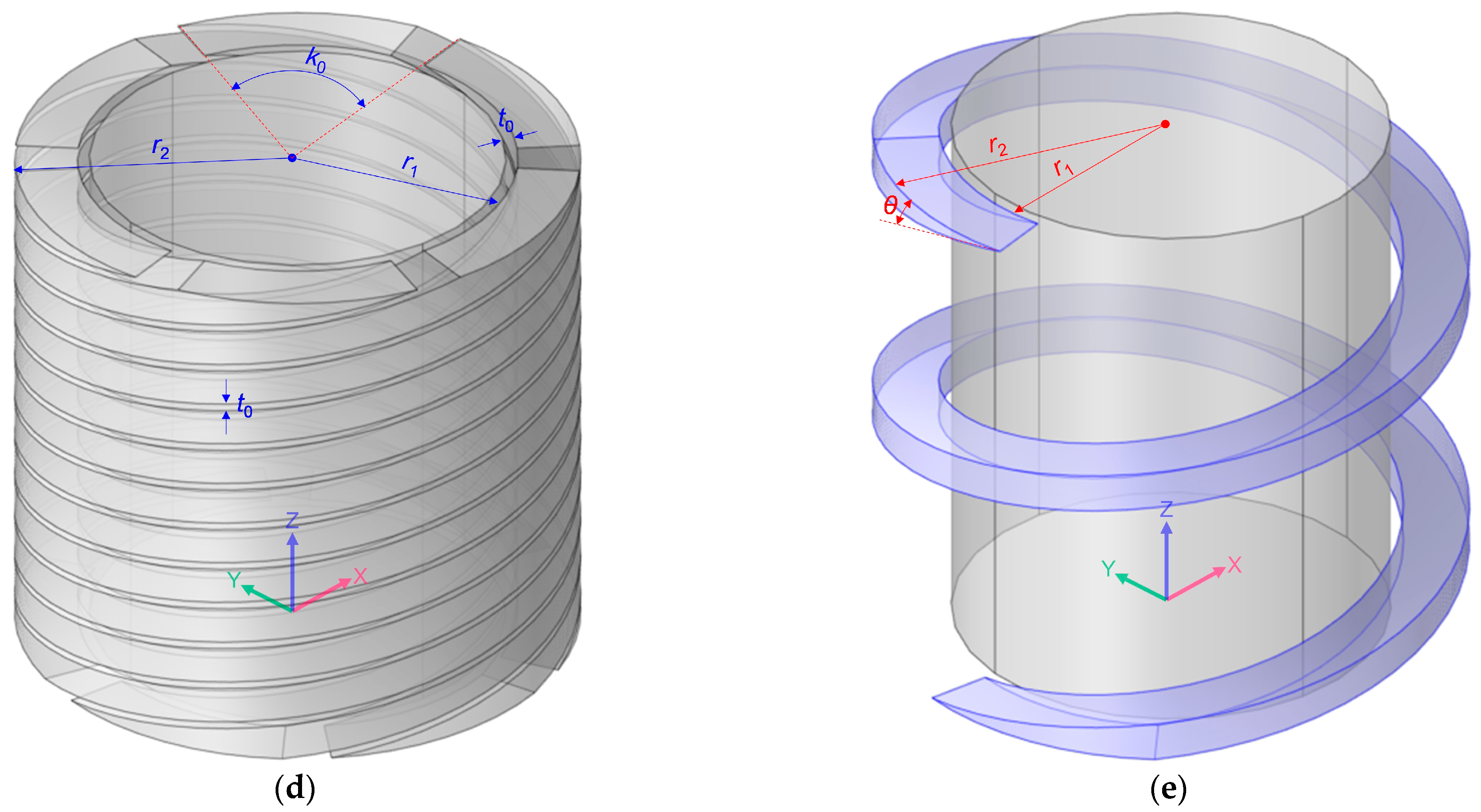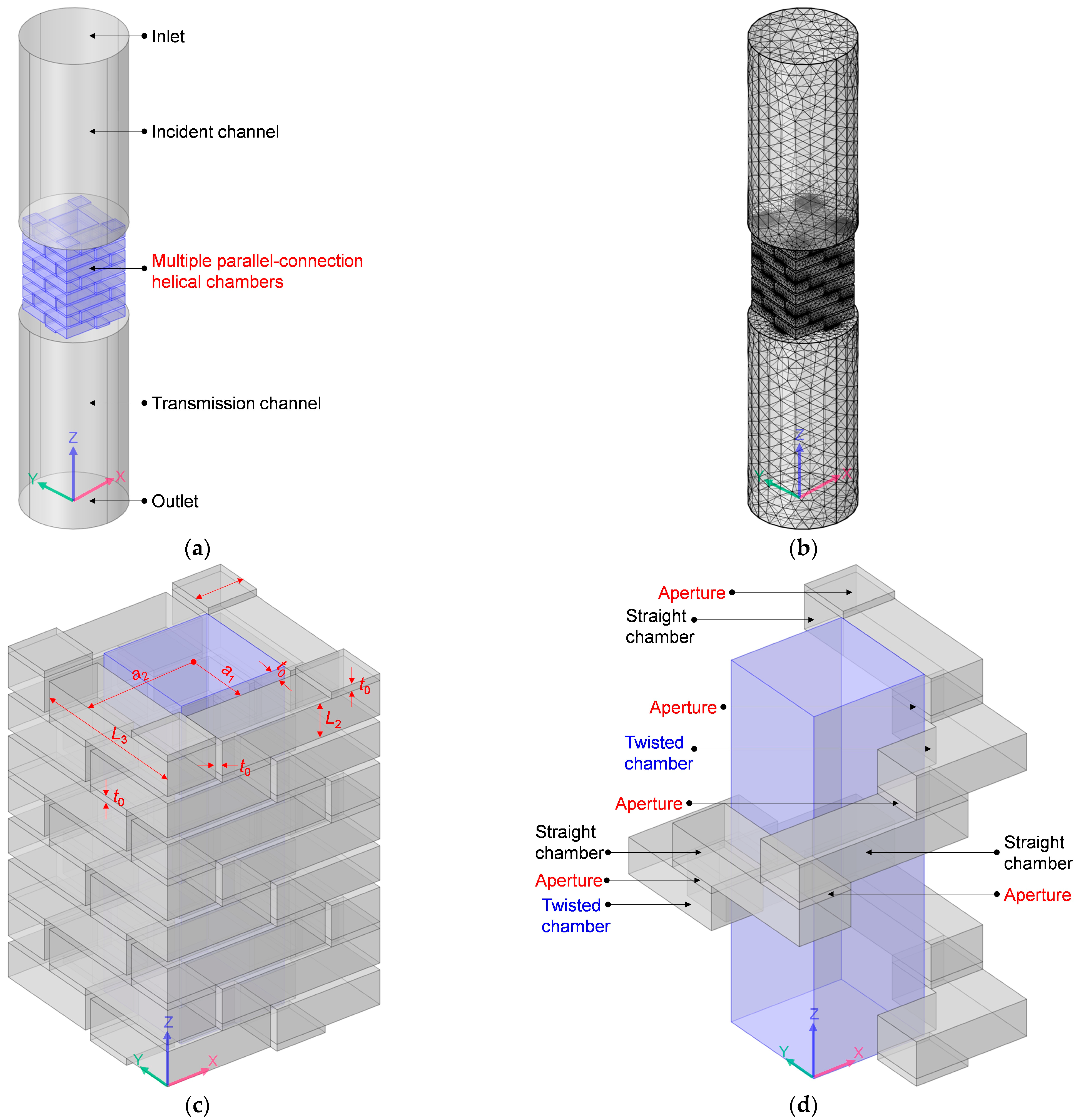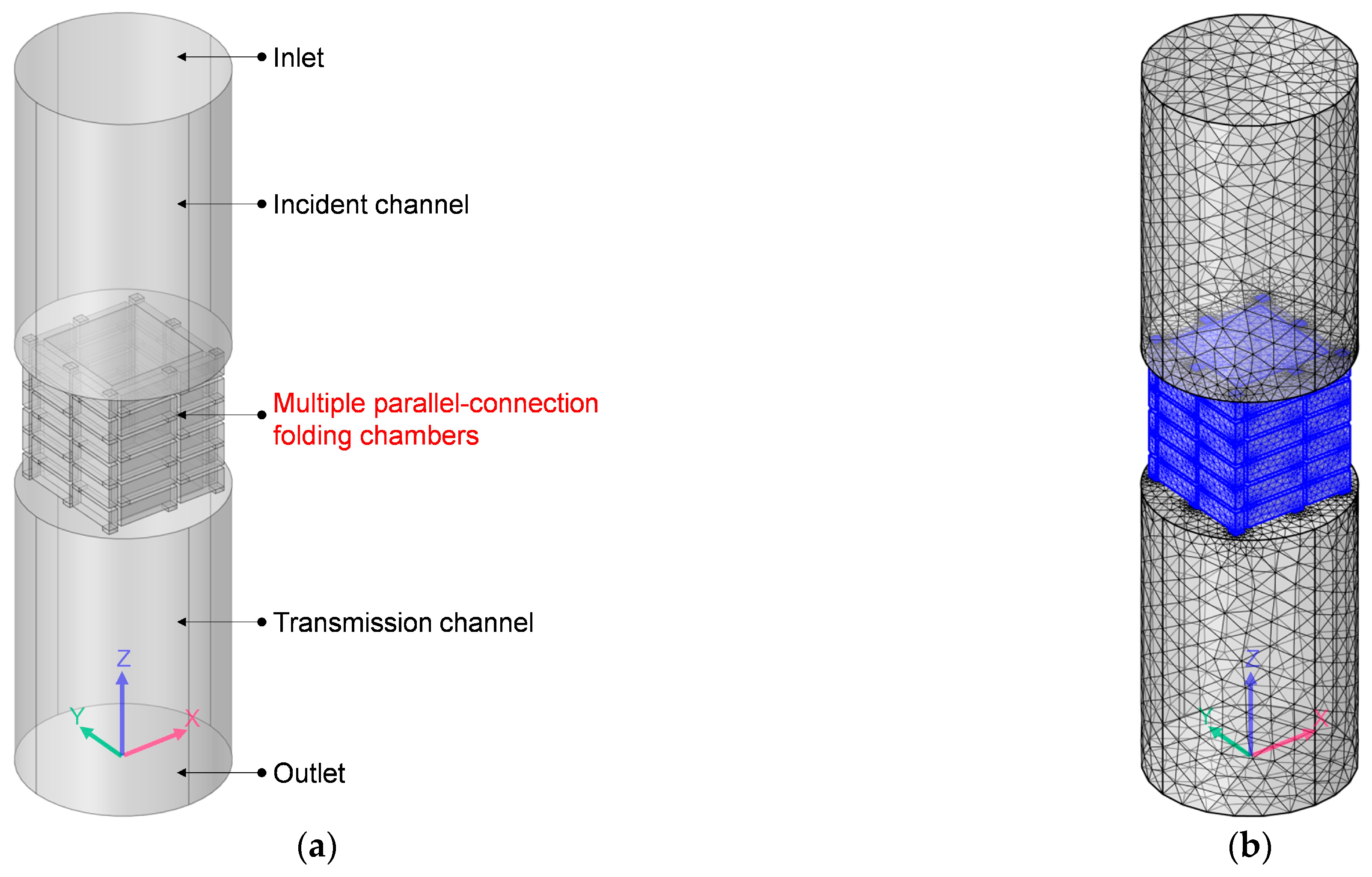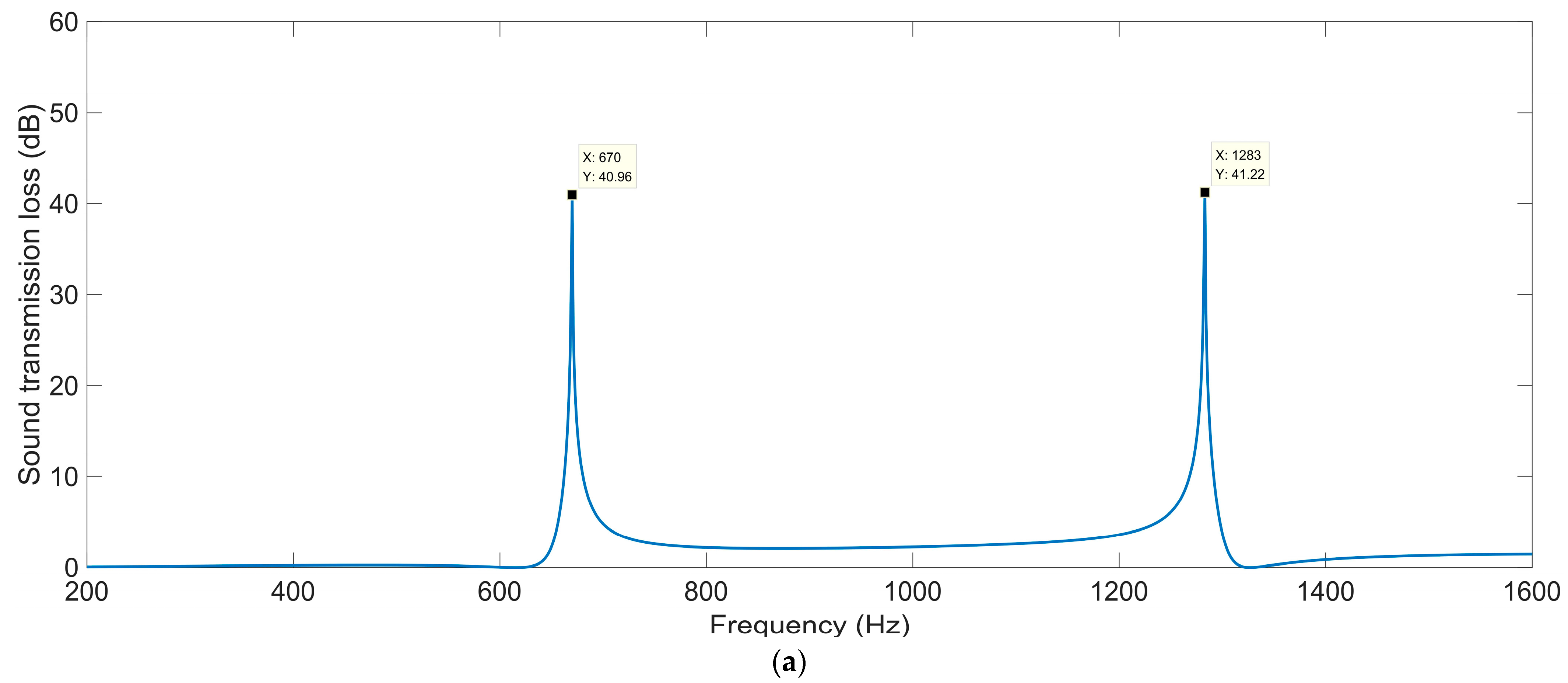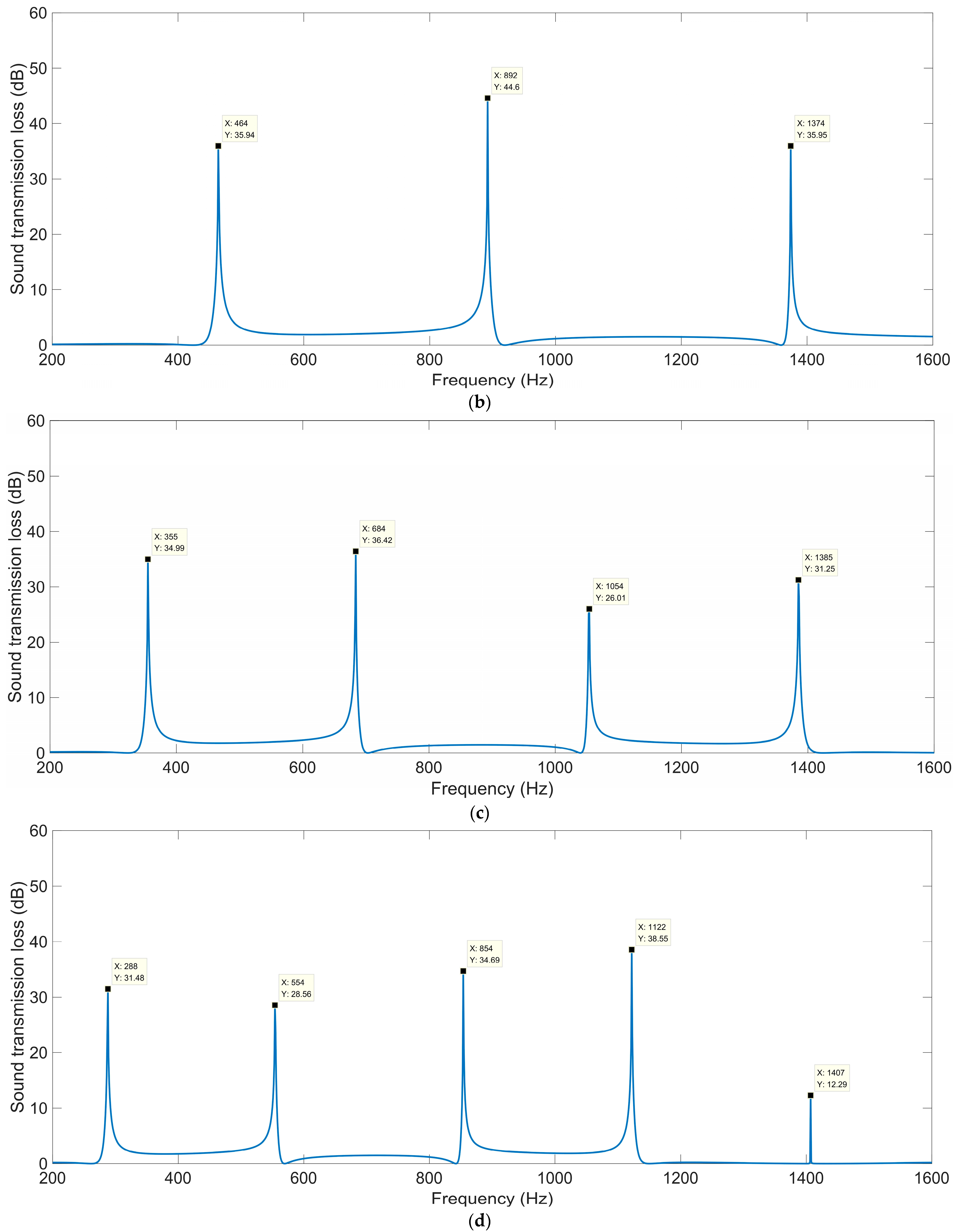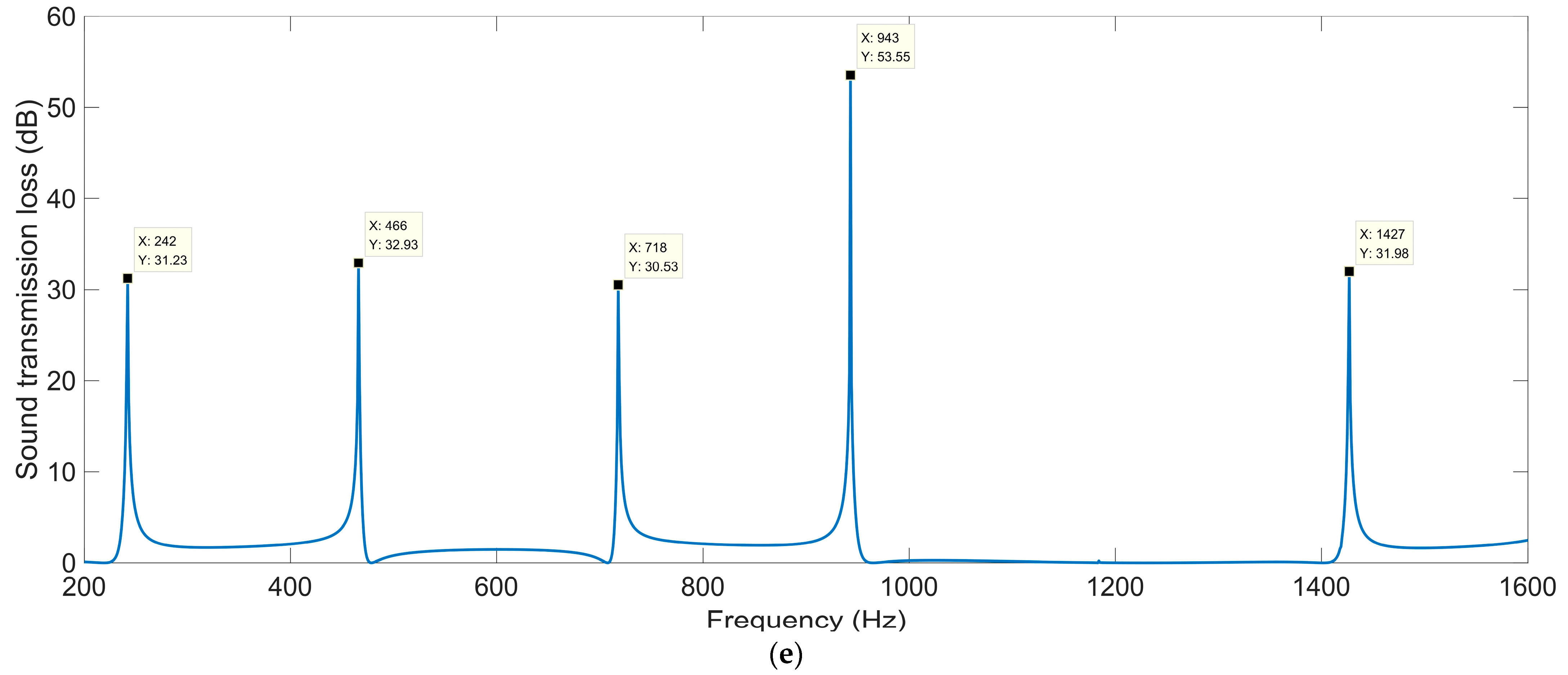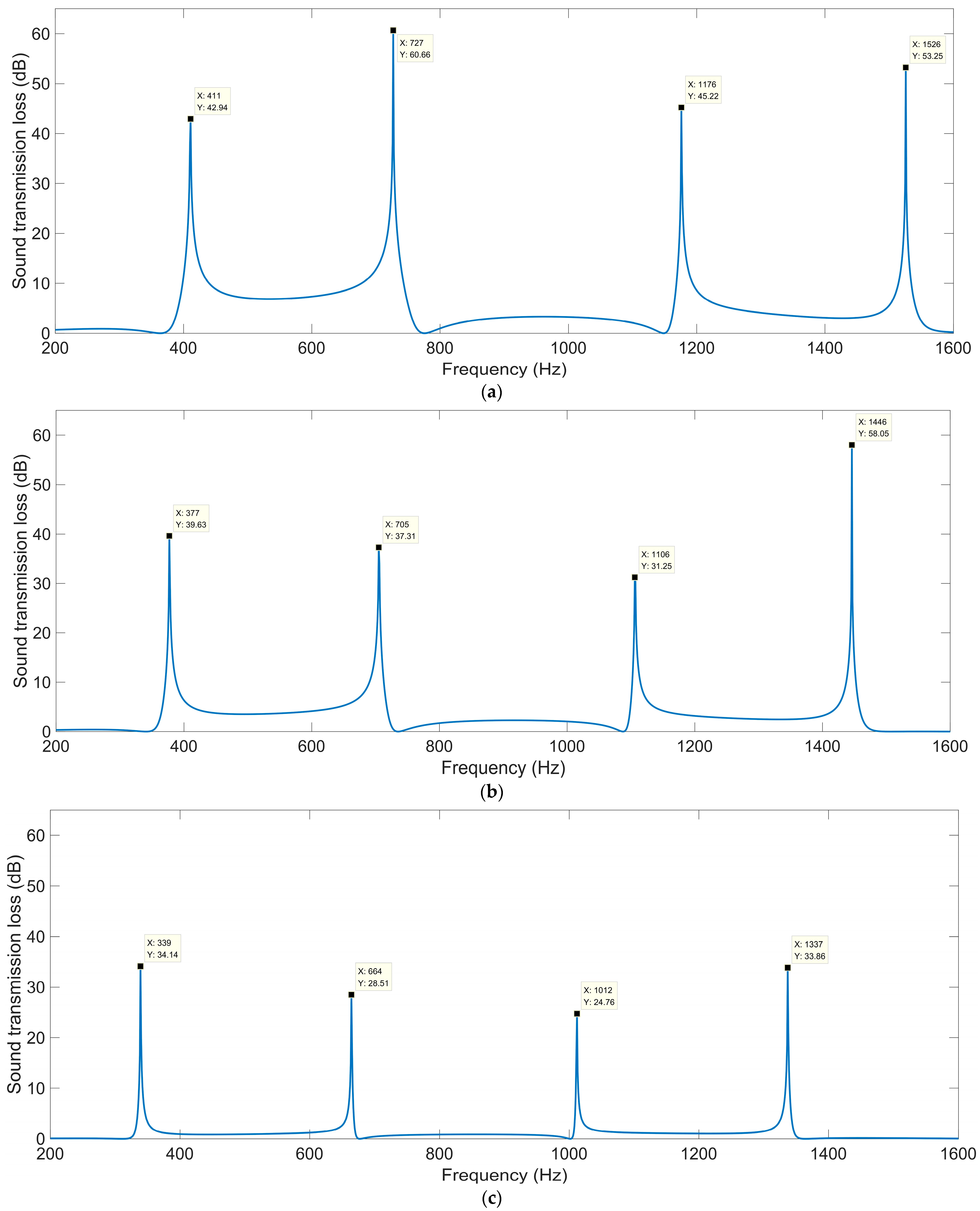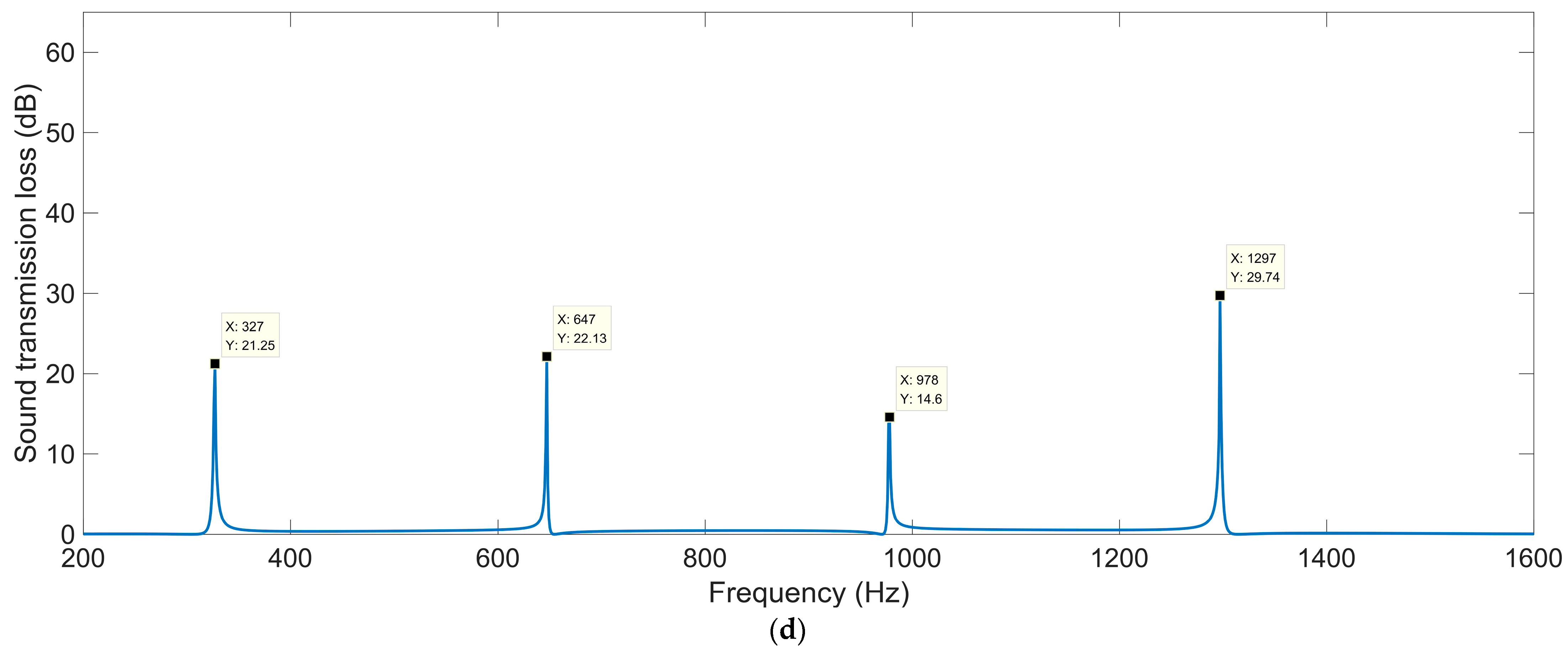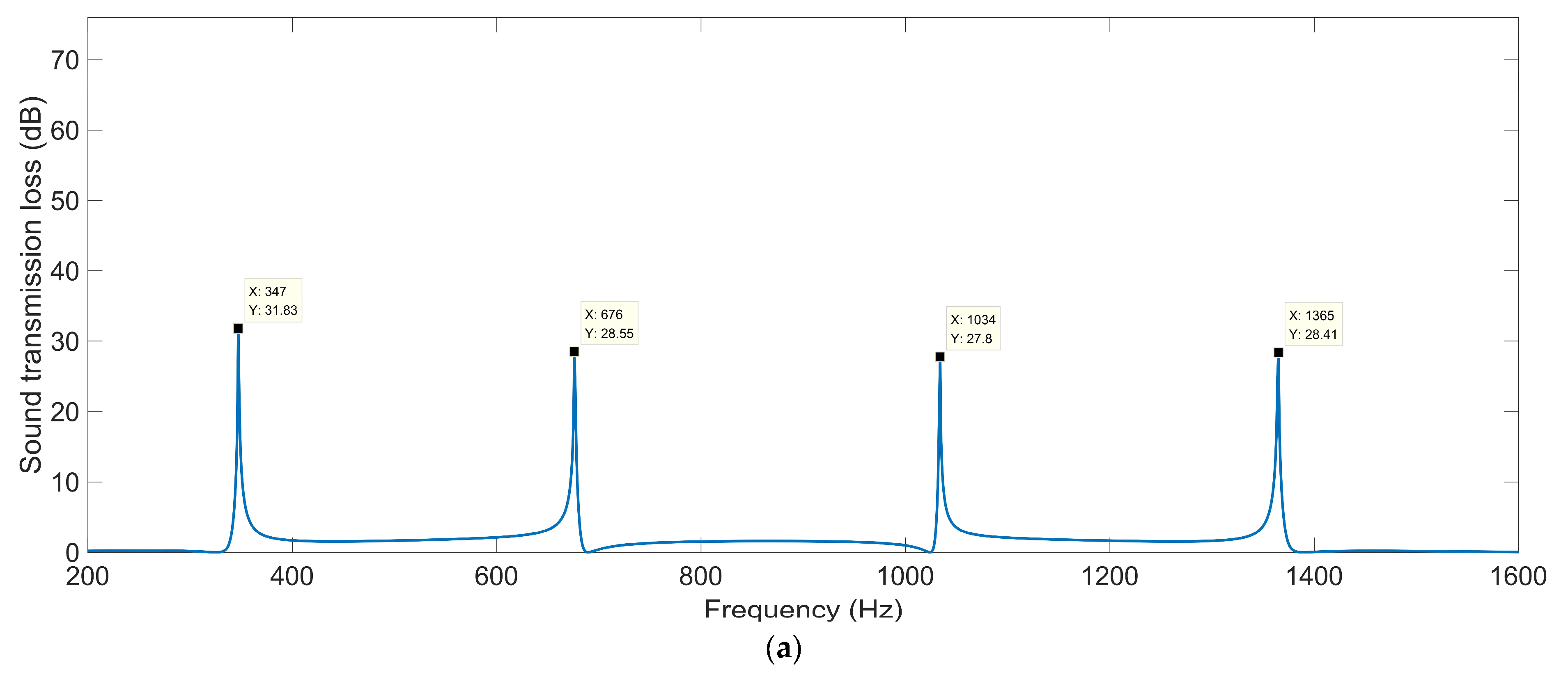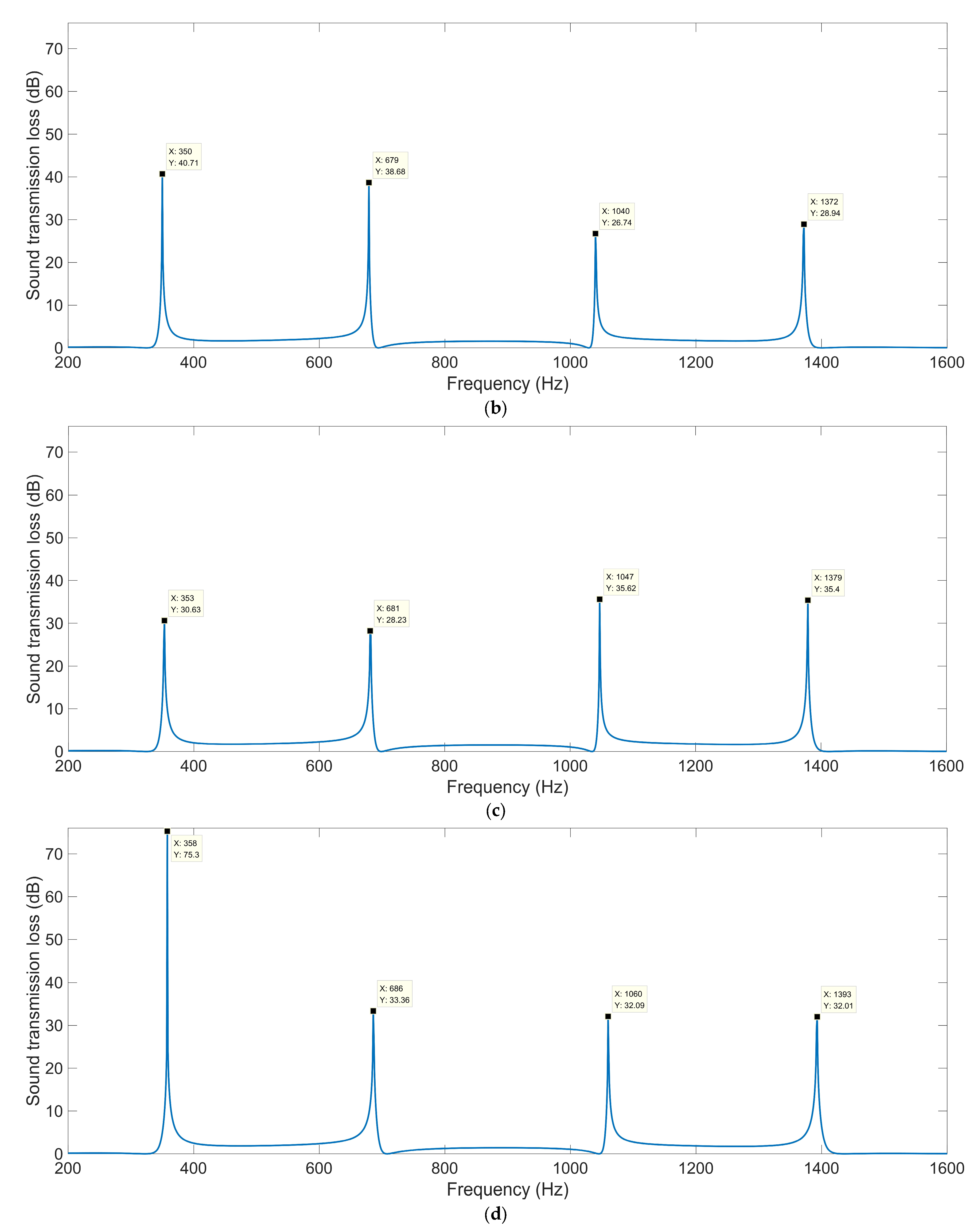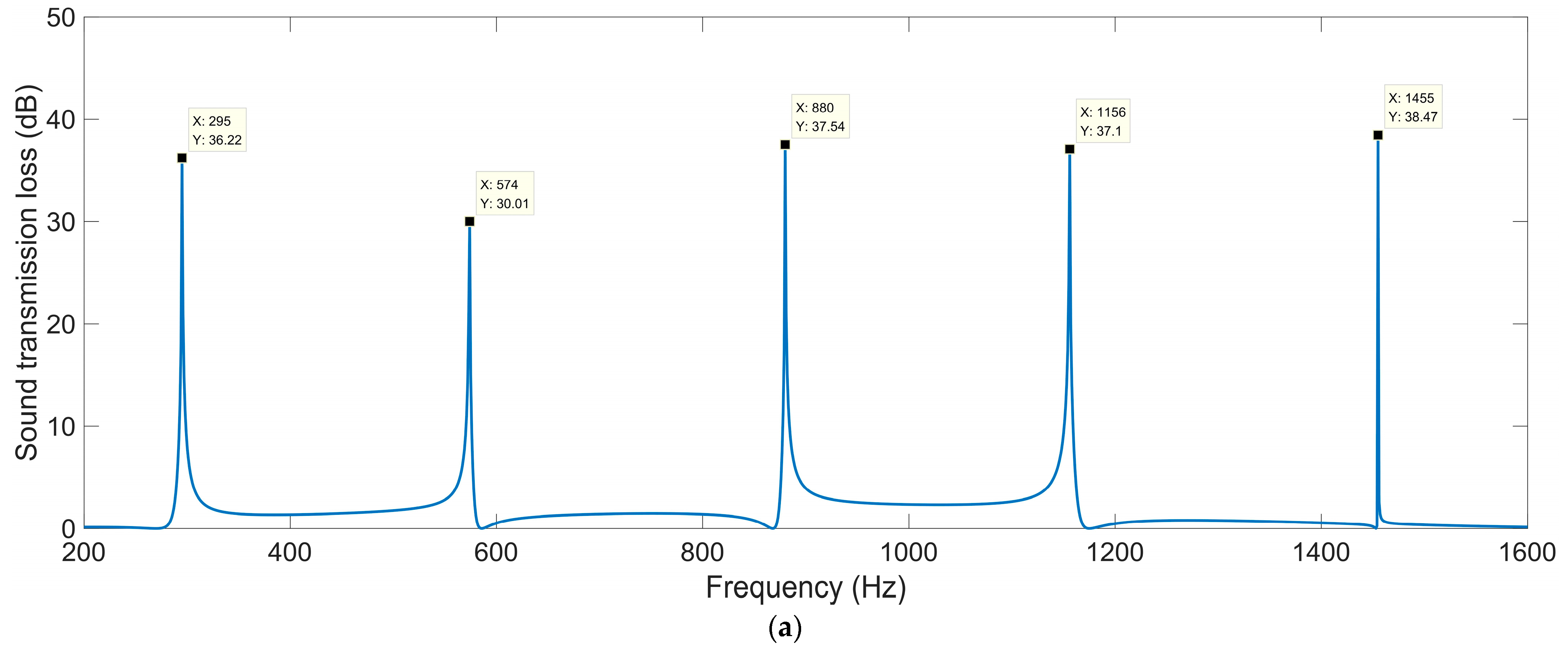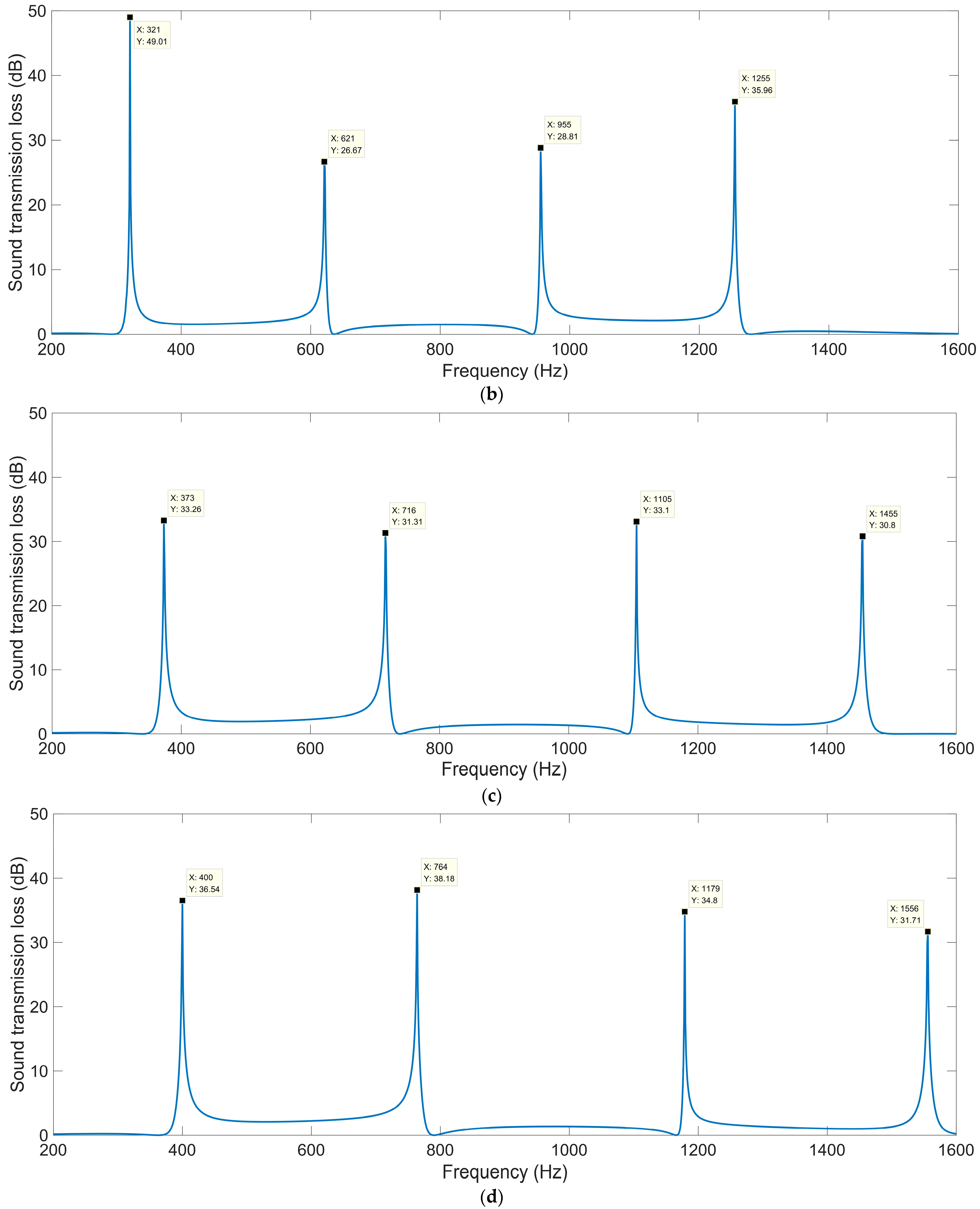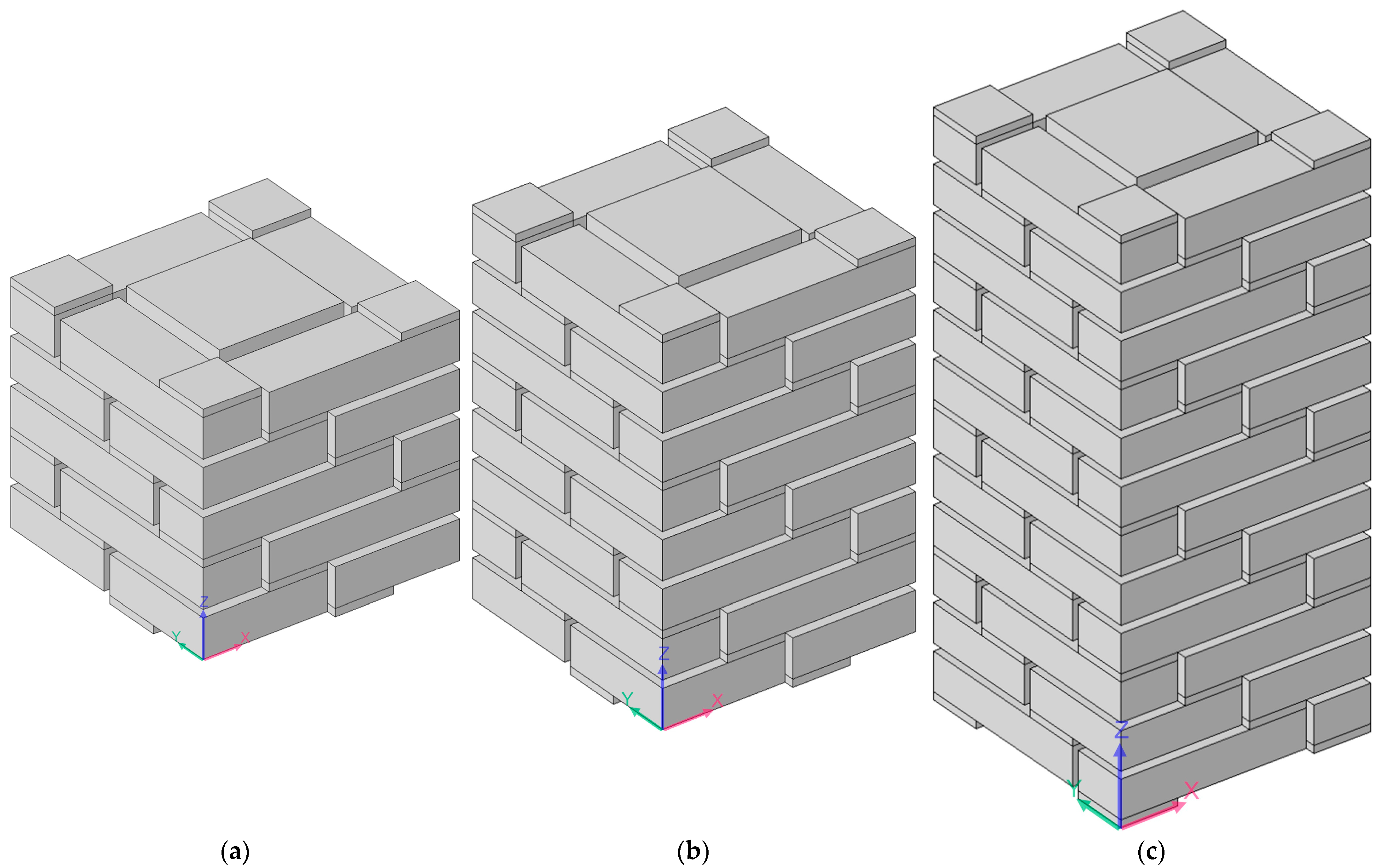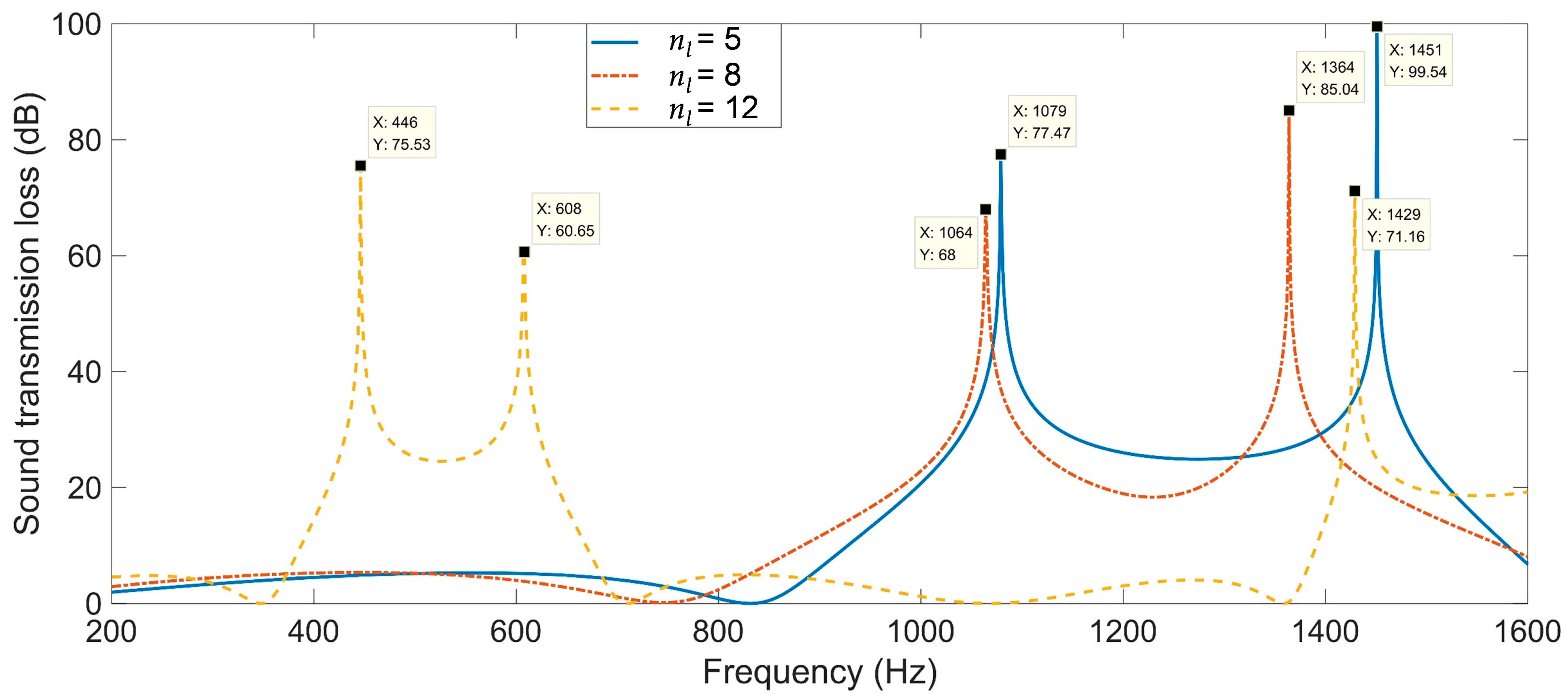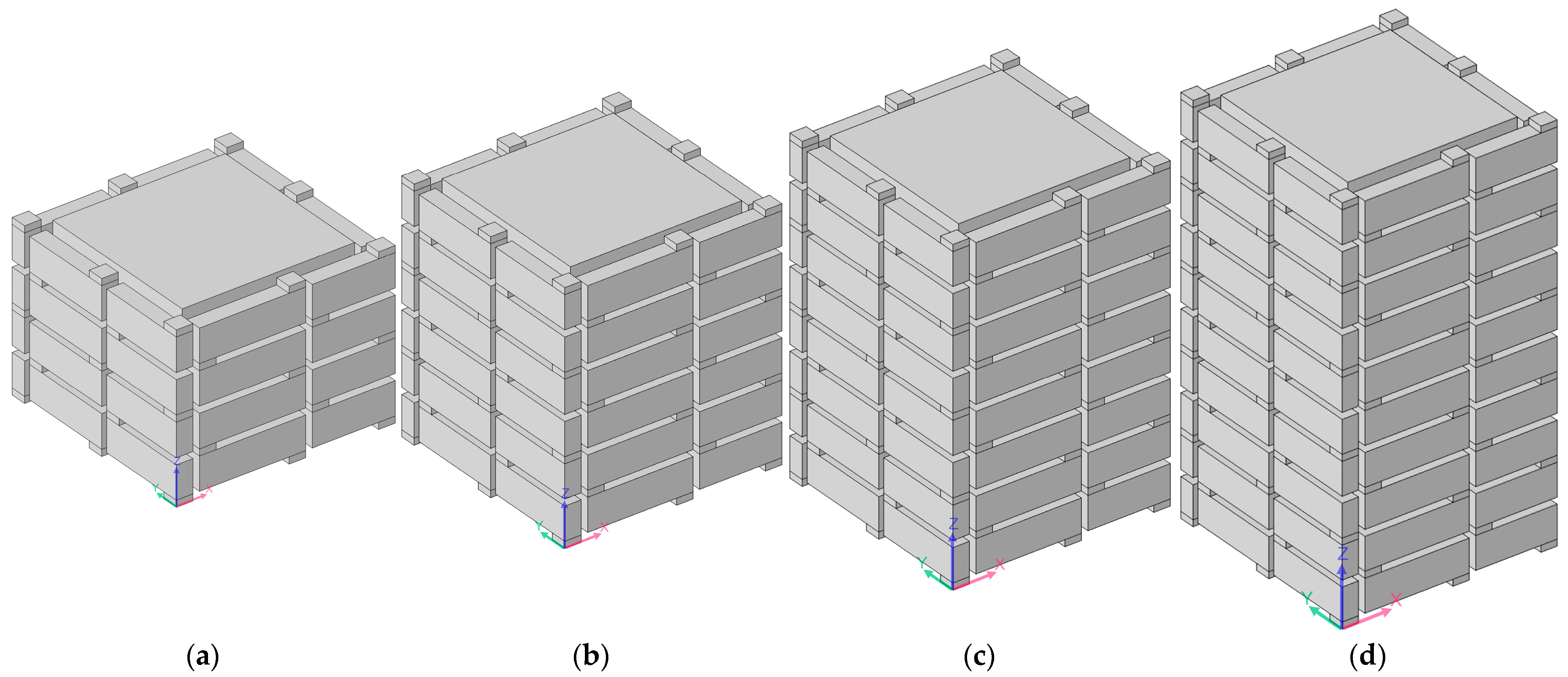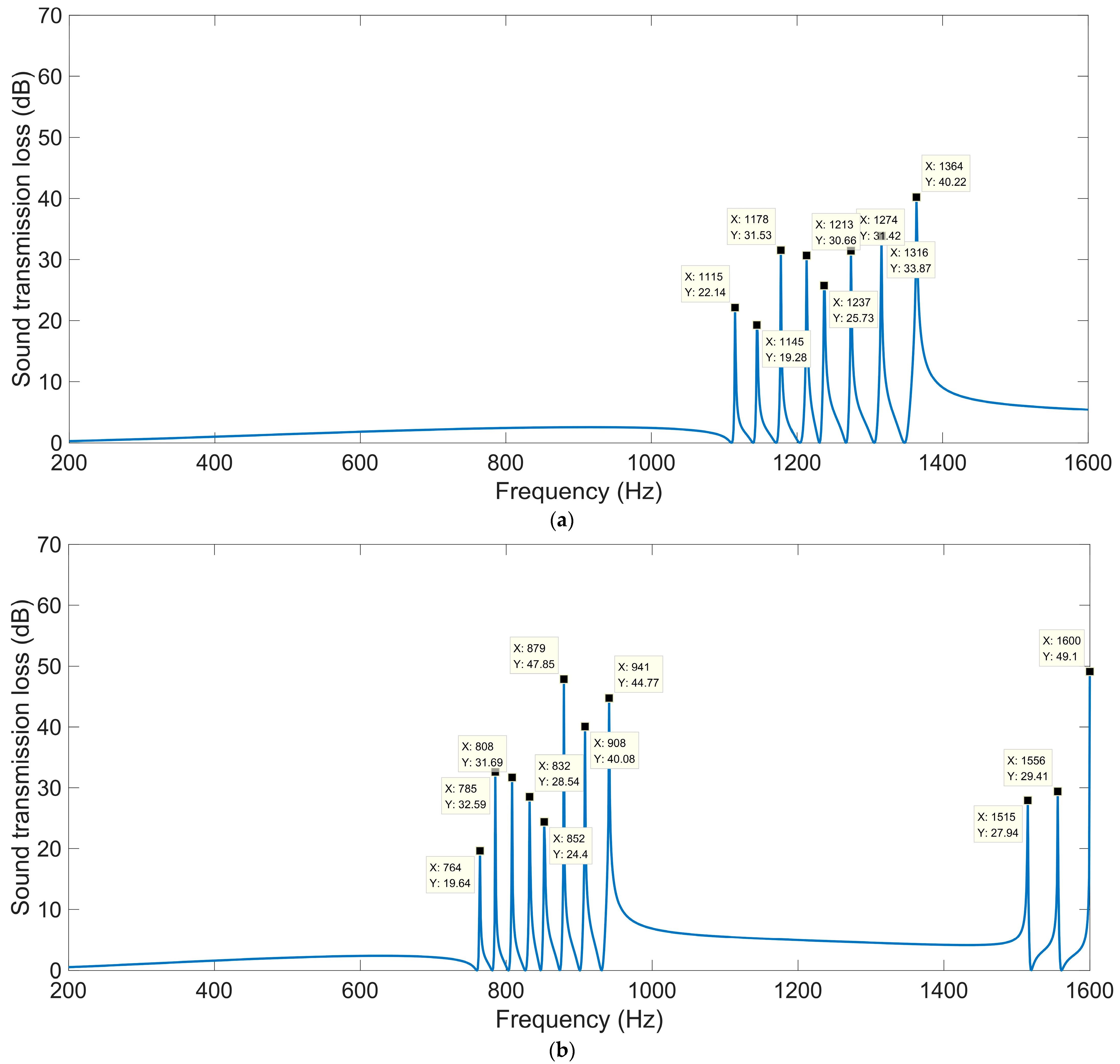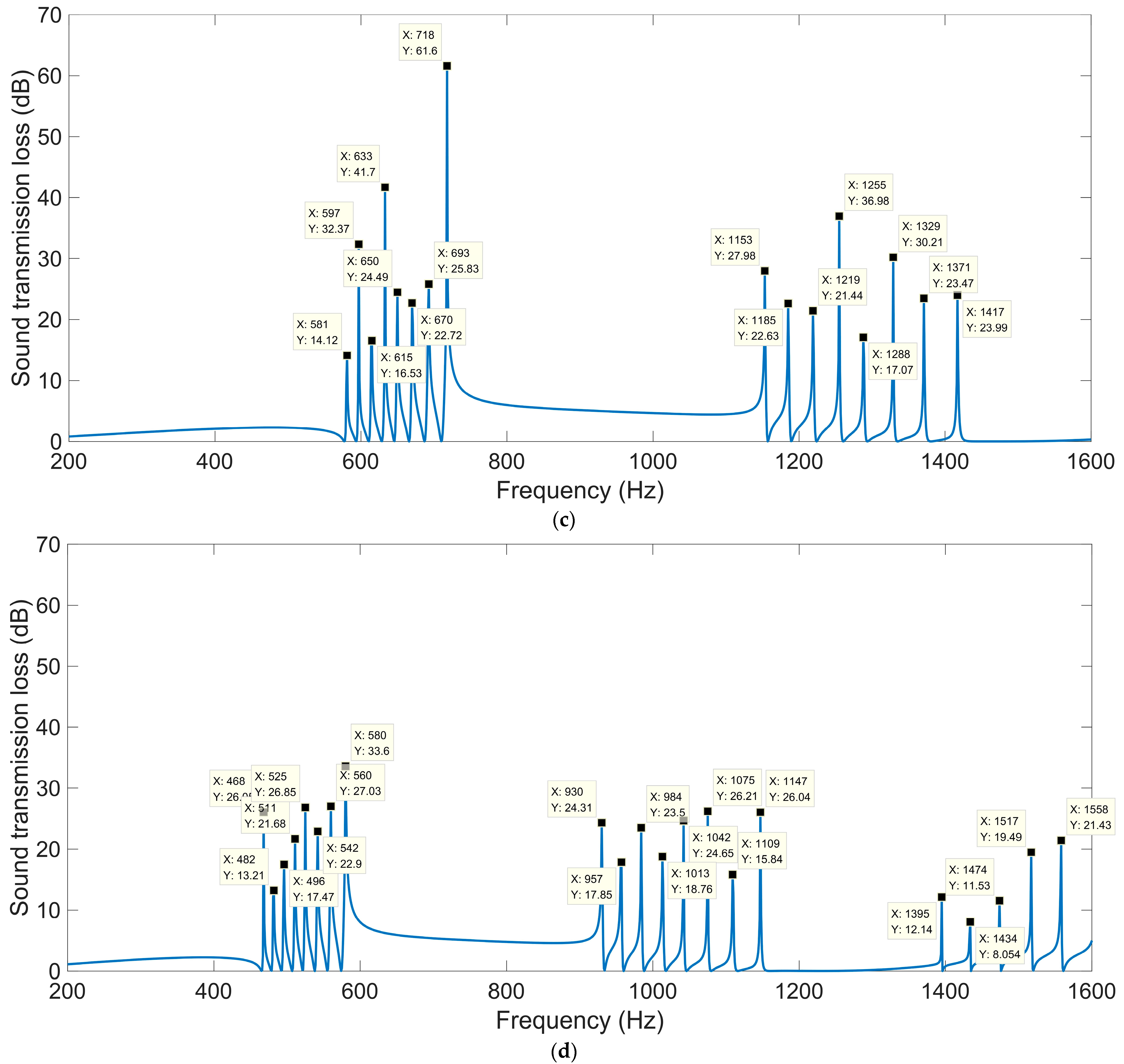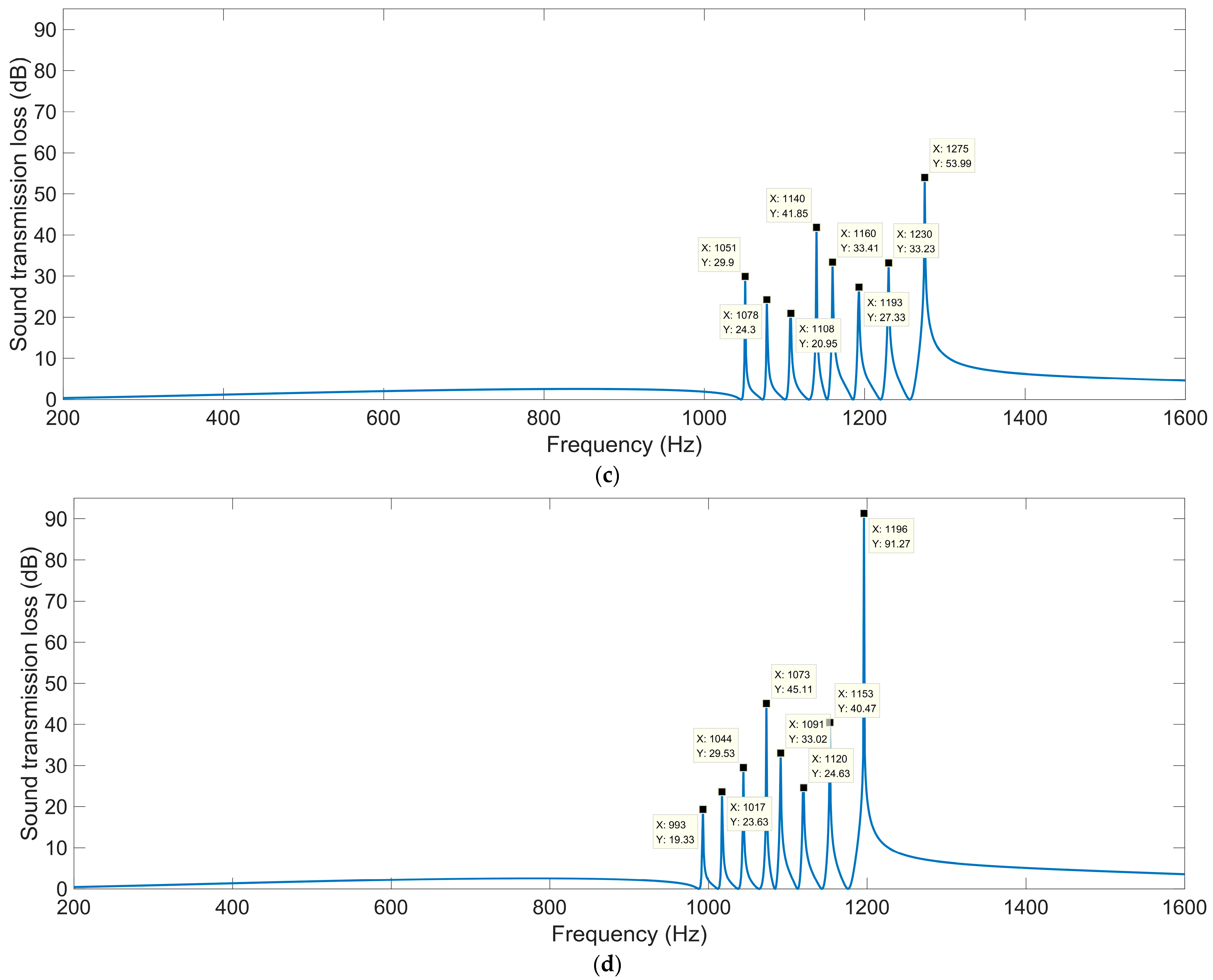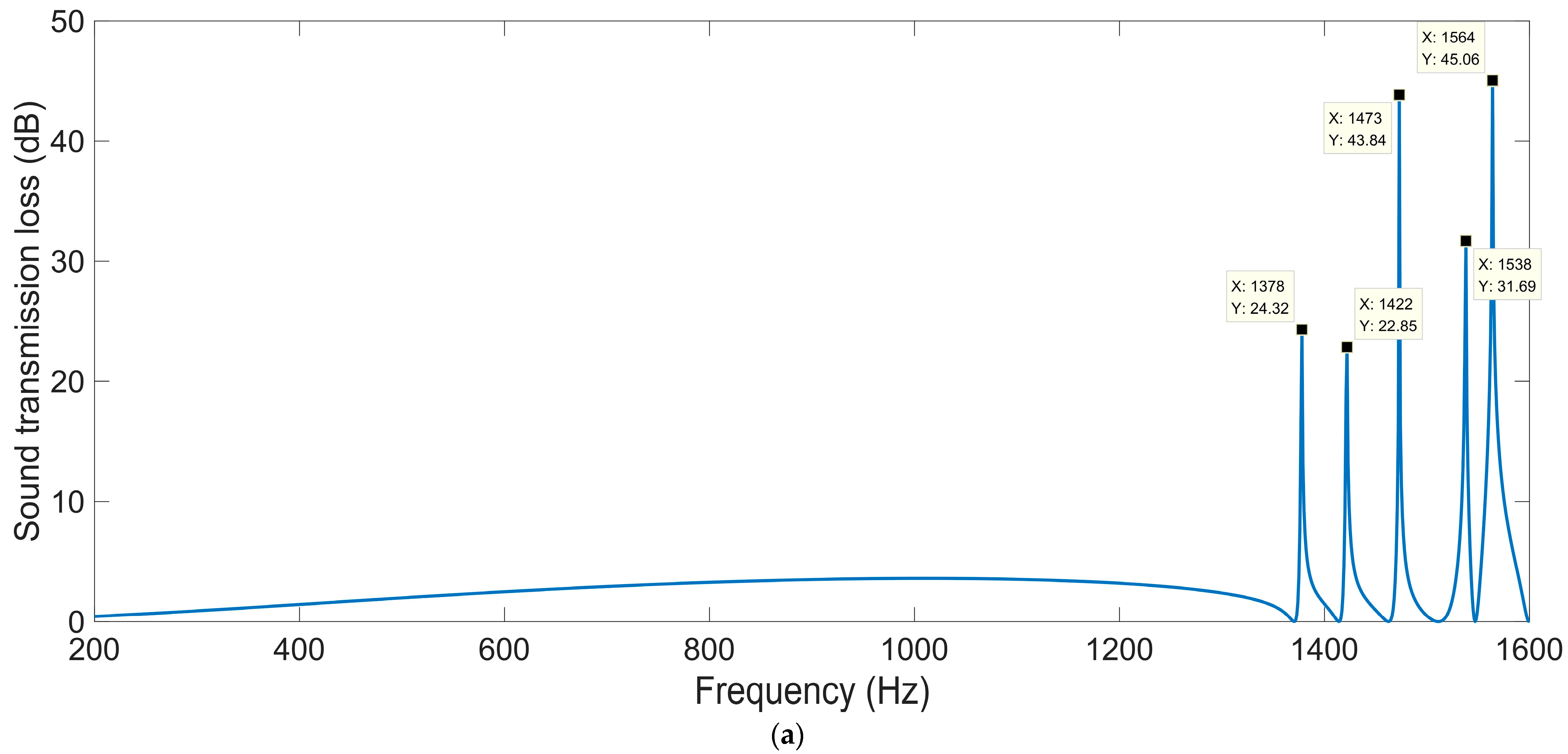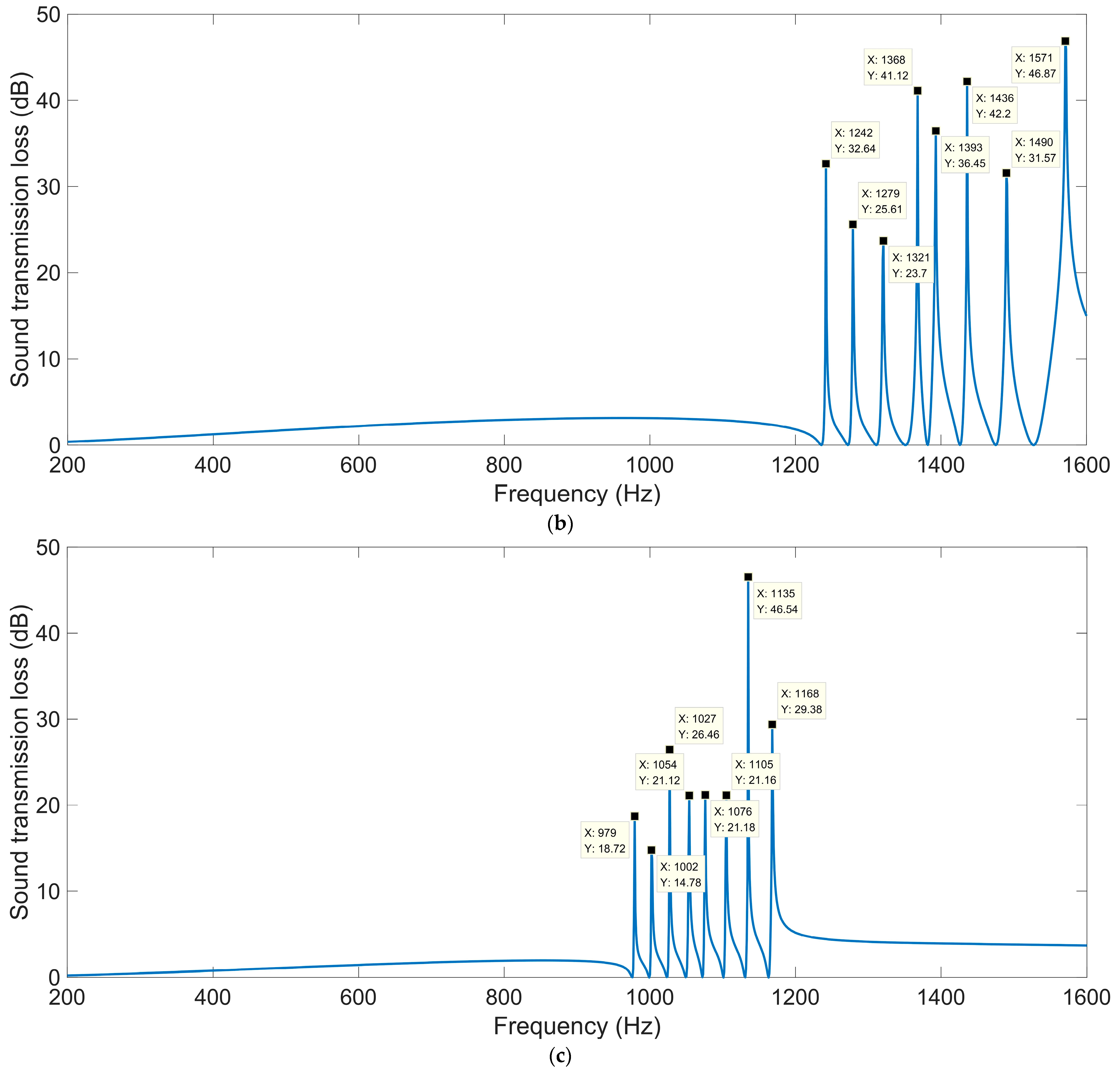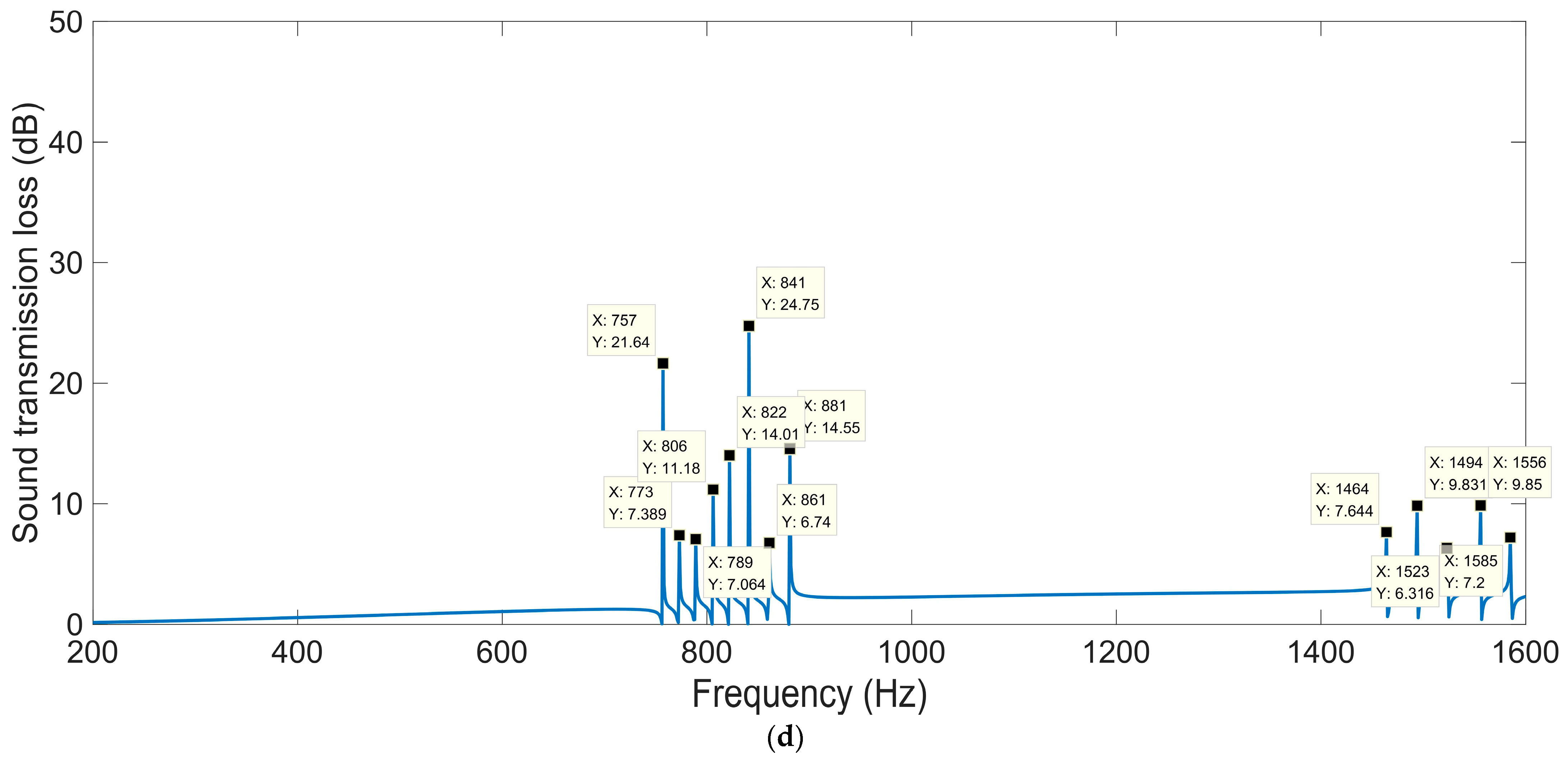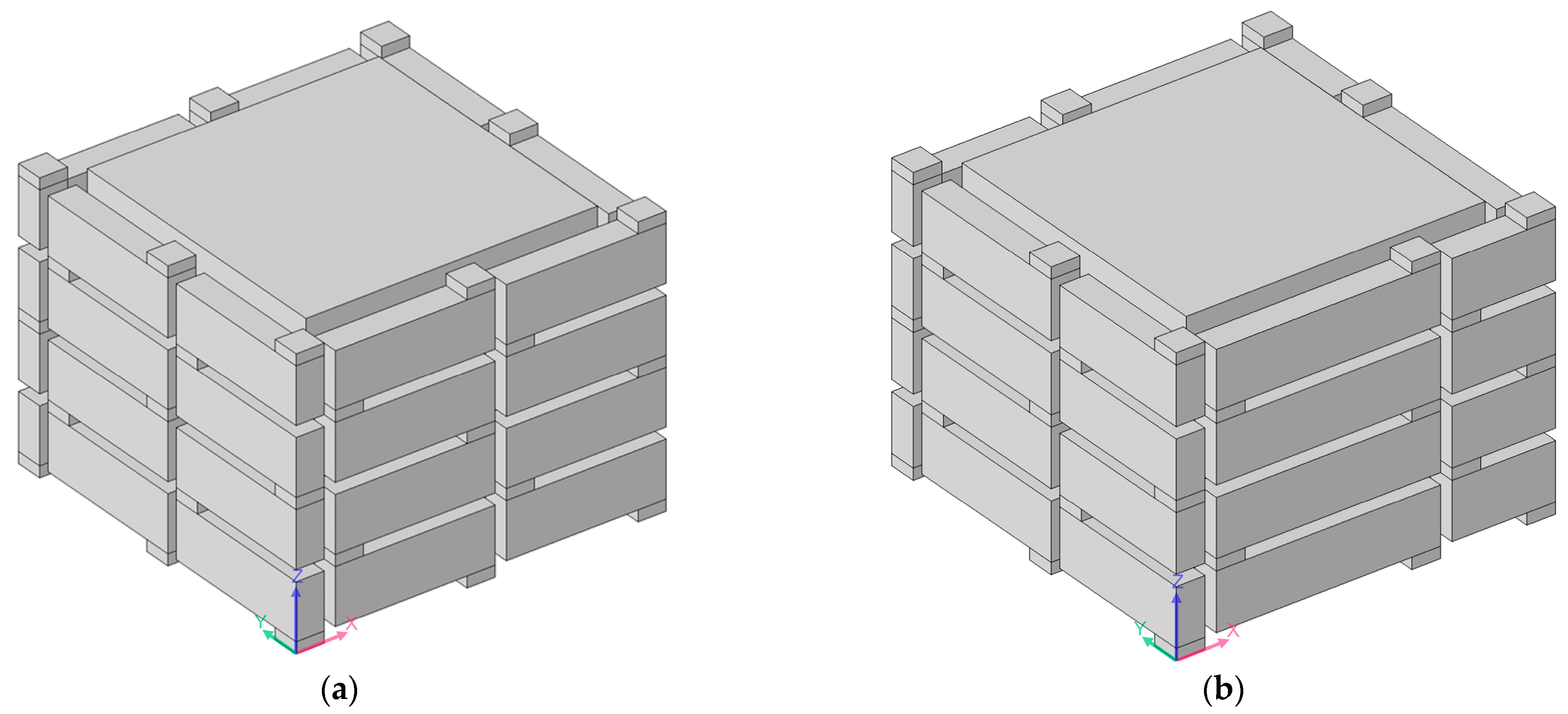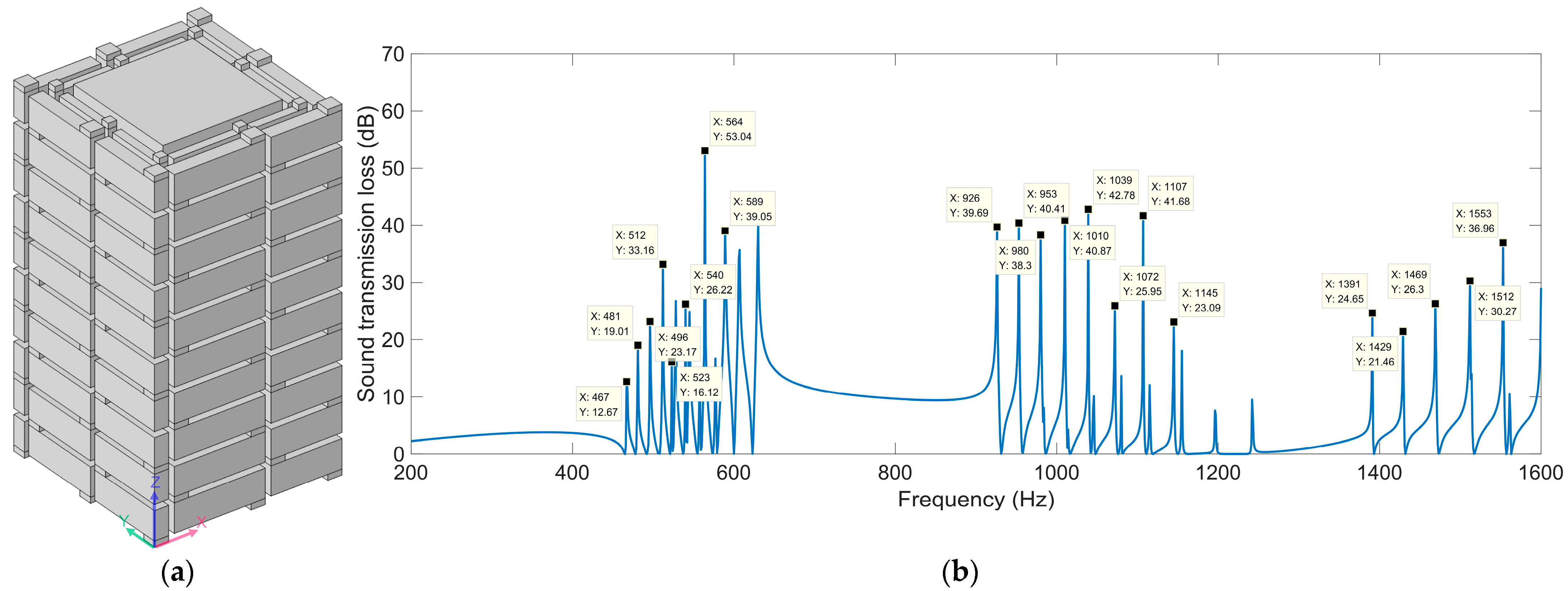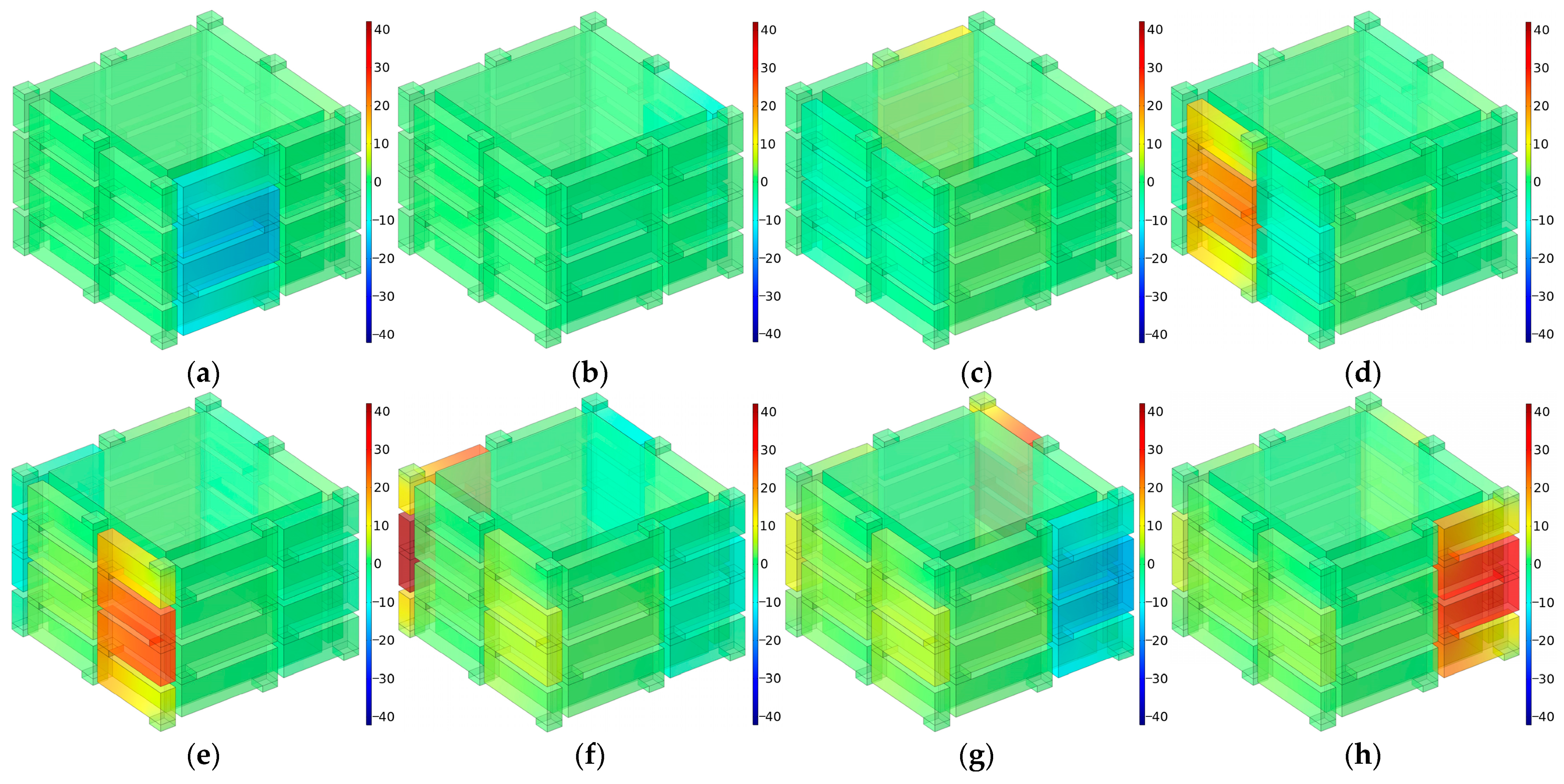1. Introduction
The noise pollution generated by urbanization and socioeconomic development not only threatens human health [
1], but from it can arise also a series of social problems [
2], especially in urban areas [
3]. Yang et al. [
4] evaluated traffic noise pollution based on noise maps for the Chancheng District in Foshan, China, which exhibited a high magnitude of noise and long-lasting noise pollution near streetfront buildings as well as in areas where quietness was required. The exposure to road-traffic air and noise pollution was estimated by Khan et al. [
5], who aimed to exhibit the associated challenges, research gaps, and priorities. Gupta et al. [
6] analyzed and summarized the adverse effects of indoor and outdoor environmental noise pollution on fetuses, infants, children, adolescents, and adults. Based on the observed equivalent noise data of 113 major Chinese cities, a Bayesian spatiotemporal hierarchy model was employed by Jin et al. [
7] to investigate the spatiotemporal characteristics of urban noise pollution in China from 2007 to 2019. These research achievements indicated that noise-pollution prevention is essential for sustainable development.
Many sound-absorbing and insulation materials have been developed to reduce noise pollution, such as porous media [
8], microperforated panels [
9], acoustic metamaterials [
10], composite structures [
11], etc. Gradient-compressed porous metals were developed and optimized by Yang et al. [
12], and the optimal average sound-absorption coefficient of 0.6033 in 100–6000 Hz was obtained with total thickness of 11 mm. Multilayer microperforated panel absorbers have been utilized to enlarge the sound-absorption bandwidth [
13,
14,
15,
16,
17]. In order to overcome the shortcomings of single sound-absorbing materials and structures, composite sound-absorbing structures of porous materials and microperforated panels have been proposed [
18,
19,
20,
21]. In order to obtain better sound-absorption performance in the low-frequency range, many effective acoustic metamaterials have been developed, which can obtain excellent sound-absorption properties with a thickness of one in dozens of subwavelengths [
22,
23,
24,
25]. The proposed and developed sound absorbers promote noise-pollution prevention and improve the acoustic environment.
High-power equipment is one of the main sources generating annoying noise, and its noise reduction must take the heat radiation into account. The noise generated by large machines and equipment with periodic rotating or reciprocating excitations was investigated by Cong et al. [
26], and it often contained low-frequency harmonic components which would be a challenge for some applications. It was pointed out by Chiu [
27] that noise control was important and essential in an enclosed machine room where the noise level was restricted by the Occupational Safety and Health Act. A membrane acoustic metamaterial which was composed of a prestressed membrane and attached mass was proposed by Xu et al. [
28], and it was expected to be applied in noise control, such as noise reduction for mechanical equipment and architectural acoustics. Song et al. [
29] investigated the noise of milling machines and considered its characteristics for application to an efficient soundproofing material for noise reduction, which resulted in the application of Thinsulator and a triple soundproofing mat (butyl 100% + aluminum + sound-insulating material), which was effective in noise reduction for milling machines. However, the ventilation performances of these sound absorbers were unsatisfactory, which indicates that a novel acoustic metamaterial with high open area for air passage is desired. Meanwhile, in most instances, the noises generated during rotational motion are not continuous, and their distributions are at several frequency points in a certain frequency range. Therefore, the noise control for this circumstance requires the sound-insulation properties of the utilized material or structure to be accurate at these frequency points, rather than broadband noise reduction, which is favorable to decreasing the total thickness of the sound insulator, improving the sound-insulation efficiency, and reducing the occupied space.
Based on Fano-like interference, a deep-subwavelength acoustic-metasurface unit cell comprising nearly 60% open area for air passage was proposed by Ghaffarivardavagh et al. [
30], which could serve as a high-performance selective sound silencer and which might find utility in the applications where highly efficient, air-permeable sound silencers are required, such as for smart sound barriers, fan- or engine-noise reduction, etc. It can realize high sound-insulation performance by the interference of the sound waves penetrating the central area with those passing through the surrounding spiral chambers, yielding a novel acoustic metamaterial to obtain sound insulation and ventilation simultaneously. This was pioneering of Ghaffarivardavagh et al., and provided effective guidance for the development of more practical sound insulators. Using this method, some novel acoustic metamaterials have been developed, such as a ventilated acoustic meta-barrier based on layered Helmholtz resonators [
31], a three-dimensional reticular structure made with spheres [
32], a ventilation barrier with space-coiling channels [
33], a subwavelength acoustic metamaterial based on labyrinthine structures [
34], an arch-like labyrinthine acoustic metasurface [
35], a ventilated soundproof acoustic metamaterial consisting of resonant cavities arranged around a central air passage [
36], nonlocal ventilating metasurfaces [
37], etc. However, the shapes of these air-permeable acoustic metamaterials were complex, which meant that corresponding fabrications were difficult to realize and that their actual applications were limited. Meanwhile, the number of sound-transmission-loss peaks was limited, being generated from the ultra-open acoustic-metamaterial silencer, and this was a major shortcoming of this groundbreaking sound insulator. Moreover, numerical modeling methods could improve the research efficiency and reduce the research cost simultaneously, for example, finite element simulations [
38,
39,
40,
41,
42,
43], the finite difference method [
44], the Bezier multi-step method [
45], the differential quadrature method [
46], etc.
Therefore, an acoustic metamaterial of air-permeable multiple-parallel-connection folding chambers has been proposed in this study, which aimed to achieve excellent sound-insulation performance with a simple structure. Acoustic finite element simulation models of an ultra-open acoustic-metamaterial silencer, multiple-parallel-connection helical chambers, and multiple-parallel-connection folding chambers were constructed successively, and their influencing factors were analyzed as well. Meanwhile, the sound-insulation mechanisms of these acoustic metamaterials were revealed and exhibited in an acoustic finite element simulation [
38,
39,
40,
41,
42,
43]. The proposed air-permeable multiple-parallel-connection folding chambers can balance the sound-insulation performance and the structural complexity, which is favorable for promoting its practical application.
2. Materials and Methods
Based on Fano-like interference, the acoustic metamaterial of air-permeable multiple-parallel-connection folding chambers was proposed and developed in this study, which evolved from the ultra-open acoustic-metamaterial silencer [
30]. Therefore, acoustic finite element simulation models for an ultra-open acoustic-metamaterial silencer, multiple-parallel-connection helical chambers, and multiple-parallel-connection folding chambers were constructed, which provided the foundation to investigate the influences of structural parameters on the sound-insulation performance.
2.1. Ultra-Open Acoustic-Metamaterial Silencer
Based on the pressure-acoustics module in the COMSOL Multiphysics v5.5 software, the acoustic finite element simulation model to investigate the sound-insulation performance of an ultra-open acoustic-metamaterial silencer was built, which consisted of inlet, incident channel, ultra-open acoustic-metamaterial silencer, transmission channel, and the outlet, as shown in
Figure 1a.
The investigated frequency range was 200–1600 Hz in this study, which took into account the normal frequency distribution of main noise generated by the rotational motion of common equipment. Normally speaking, the simulation accuracy will be higher when the finite element size is smaller, and the appropriate element size is 1/50 of the minimum wavelength (1/50 × 340/1600 × 1000 ≈ 4.25 mm) for normal structures, and it should be 1/1000 of the minimum wavelength (1/1000 × 340/1600 × 1000 ≈ 0.2 mm) for complex structures. The grid model is shown in
Figure 1b, and the maximum and minimum element sizes were set as 5 mm and 1 mm, respectively, and the utilized element type was regular tetrahedral mesh in this research. Meanwhile, in order to improve the accuracy of the investigated acoustic metamaterial, the minimum element size was set as 0.025 mm for the domain of the ultra-open acoustic-metamaterial silencer. The main structural parameters of the ultra-open acoustic-metamaterial silencer included the total thickness
Ta, the outer and the inner radius of the spiral chamber
r2 and
r1, the occupied sectional angle and helix angle of each spiral chamber
k0 and
θ, and the thickness of the side walls
t0, as shown in
Figure 1c–e. Meanwhile, both the thickness of incident channel
Ti and that of the transmission channel
Tt were set as 2 ×
Ta. The open area for air passage
μopen was defined as the ratio between the area of the central straight hole and that of whole ultra-open acoustic-metamaterial silencer, as shown in Equation (1).
An incident sound wave with the amplitude of 1 Pa and the phase of 0 rad was introduced at the inlet, and it penetrated the incident channel and reached the ultra-open acoustic-metamaterial silencer. The sound wave passed the central straight hole and threaded the 6 spiral chambers and realized the interference phenomenon in the transmission channel, which could achieve excellent sound-insulation performance at some frequency point. That is the major sound-insulation mechanism of the ultra-open acoustic-metamaterial silencer [
30]. The influences of the structural parameters of the total thickness
Ta, the open area for air passage
μopen, the occupied sectional angle
k0, and the helix angle of each spiral chamber
θ were analyzed one by one, which aimed to improve the sound-insulation properties. The investigated parameters and their values are summarized in
Table 1. The selected and default values investigated in this study considered practical application scenarios and the actual available range simultaneously. For example, the total thickness
Ta should be neither too big nor too small, because the occupied space would be too large when
Ta is too big and the sound-insulation performance would be too weak when the
Ta is too small. For another example, the occupied sectional angle
k0 should be no more than 60 deg (360/6 = 60), otherwise the 6 spiral chambers would interfere. Moreover, the objective of the research on the impacts of these parameters was to show the evolution of sound-insulation performance with variable parameters, which could lead to the acoustic metamaterials proposed in this research.
Meanwhile, the other parameters r2 and t0 were set as 96 mm and 2 mm, respectively, which aimed to make the size of the ultra-open acoustic-metamaterial silencer to be Ф100 mm. For each investigated parameter, 5 values were selected, along with the default values for the other parameters, which could exhibit the sound-insulation performance of the ultra-open acoustic-metamaterial silencer and provide guidance to develop the novel acoustic metamaterials to achieve the balance between sound insulation and ventilation.
It had been demonstrated that the ultra-open acoustic-metamaterial silencer could only yield a small number of sound-transmission-loss peaks, because the lengths of the 6 spiral chambers were equal. Relative to the sound wave in the central straight hole, the phase changes of the sound wave in the 6 spiral chambers were the same, which meant that the generated number of sound-transmission-loss peaks was limited. Although the amplitudes of the sound-transmission-loss peaks were large, the limited number seriously restricted its practical application value. Meanwhile, the shape of the ultra-open acoustic-metamaterial silencer was complex, because there were many free-form curves and three-dimensional curves, which meant that the fabrication of actual samples was difficult to realize, especially since the complex shapes had some internally complex structures. The normal processing methods for material removal could not be utilized in the fabrication of the ultra-open acoustic-metamaterial silencer, because the cutting tools were unable to enter its internal areas for effective material machining. Although the additive manufacturing method could fabricate the acoustic metamaterials with the complex shapes, this would be difficult to use in mass production. Moreover, the complex shapes of the ultra-open acoustic-metamaterial silencer made the mold-manufacturing method difficult to realize with a low production cost and high yield rate. Therefore, in order to reduce the manufacturing difficulty effectively, the acoustic material of the multiple-parallel-connection helical chambers was proposed and developed in this study.
2.2. Multiple-Parallel-Connection Helical Chambers
Similarly, the acoustic finite element simulation model to investigate the sound-insulation performance of the multiple-parallel-connection helical chambers was constructed, as shown in
Figure 2a. The ultra-open acoustic-metamaterial silencer was replaced by multiple-parallel-connection helical chambers as seen in the geometry model in
Figure 1a, and the set of element sizes and the selection of element types in
Figure 2b are the same as those in
Figure 1b.
The main parameters of the multiple-parallel-connection helical chambers included the outer and inner side lengths of the helical chambers
a2 and
a1, the side length of the square aperture
a3, the thickness of each layer
L2, the length of each straight chamber
L3, and the thickness of the side walls
t0, as shown in
Figure 2c. It can be observed from
Figure 2d that the initial spiral chamber in
Figure 1e was replaced by the helical chamber in
Figure 2d, which consists of several square apertures on each layer, straight chambers in each layer, and twisted chambers at the corner positions. Meanwhile, the open area for air passage
μopen can be derived by Equation (2).
The 6 spiral chambers of the ultra-open acoustic-metamaterial silencer in
Figure 1d were replaced by 4 helical chambers for the multiple-parallel-connection helical chambers in
Figure 2c, which reduced the fabrication difficulty. It can be judged from
Figure 2c,d that there were no complex shapes needed for the helical chambers, and that they could be divided into several layers. Each layer consisted of the front panel and corresponding cavity. There were several apertures on each front panel, and there were some channels on each cavity. Thus, all of the multiple-parallel-connection helical chambers could be assembled with several front panels and cavities layer-by-layer, which significantly reduces the fabrication cost and improves the production efficiency relative to that of the initial ultra-open acoustic-metamaterial silencer. However, because the lengths of the 4 helical chambers were equal, they could only achieve a small number of sound-transmission-loss peaks. Thus, in order to increase the number of sound-transmission-loss peaks, multiple-parallel-connection folding chambers were also developed, which had multiple folding chambers with different lengths. Meanwhile, as a transitional intermediate objective, the sound-insulation characteristics of the multiple-parallel-connection helical chambers were investigated simply by changing their total thickness. The selected structural parameters were as follows: the outer side length of helical chamber
a2, 33 mm; the inner side length of helical chamber
a1, 18 mm; the side length of the square aperture
a3, 15 mm; the thickness of each layer
L2, 10 mm; the length of each straight chamber
L3, 49 mm; and the thickness of the side walls
t0, 2 mm. The investigated numbers of layers were 5, 8, and 12, which meant that the total thicknesses of the acoustic metamaterial of the multiple-parallel-connection helical chambers were 62 mm (5 ×
L2 + 6 ×
t0), 98 mm (8 ×
L2 + 9 ×
t0), and 146 mm (12 ×
L2 + 13 ×
t0), respectively.
2.3. Multiple-Parallel-Connection Folding Chambers
Likewise, the acoustic finite element simulation model to investigate the sound-insulation performance of the multiple-parallel-connection folding chambers was constructed, as shown in
Figure 3a. The ultra-open acoustic-metamaterial silencer was replaced by the multiple-parallel-connection folding chambers as seen in the geometry model in
Figure 1a, and the set of element sizes and the selection of element types in
Figure 3b are the same as those in
Figure 1b.
Some of the same parameters were used for the various folding chambers in the multiple-parallel-connection folding chambers, including the outer and inner side lengths of the helical chambers
a2 and
a1, the side length of the square aperture
a3, the thickness of each layer
L2, and the thickness of the side walls
t0, as shown in
Figure 3c,d. Different from the helical chambers with the same length
L3 in
Figure 2c, the 8 folding chambers in
Figure 3c had various lengths, which could be labelled as
L3i (I = 1, 2, …, 8). Meanwhile, the open area for air passage
μopen for the multiple-parallel-connection folding chambers could be derived by Equation (2) as well.
The 4 helical chambers with the same length in the multiple-parallel-connection helical chambers in
Figure 2c were further replaced by 8 folding chambers with various lengths for the multiple-parallel-connection folding chambers in
Figure 3c, which was favorable for achieving an additional reduction in fabrication difficulty. It can be seen from
Figure 3c that the multiple-parallel-connection folding chambers were periodic with the change cycle of 2 layers, and there were no twisted chambers. Thus, the whole acoustic metamaterial of the multiple-parallel-connection folding chambers could be divided into 2 kinds of front panels and 2 kinds of corresponding cavities, which made large-scale assembly-line production possible. The front panels and cavities could achieve rapid mass production by mold manufacturing, and the expected sound-insulation property would be obtained by a combination of a certain number of front panels and cavities. Moreover, the lengths of the 8 folding chambers were different, which meant that the sound wave passed the central straight hole and threaded the 8 folding chambers and realized the interference phenomenon with the various frequency points in the transmission channel, and this was favorable for generating a higher number of sound-transmission-loss peaks. Therefore, relative to the ultra-open acoustic-metamaterial silencer and the multiple-parallel-connection helical chambers, the multiple-parallel-connection folding chambers had the advantage of lower fabrication cost and better sound-insulation performance, which made this one of the best potential candidates to realize the balance between sound insulation and ventilation. The influences of the structural parameters of the numbers of layers
nl, the thickness of each layer
L2, the inner side lengths of the helical chambers
a1, and the interval among the various folding chambers
s were analyzed one by one, as shown in
Table 2, which process aimed to thoroughly exhibit the sound-insulation performance and effectively improve the sound-insulation properties. Meanwhile, the value of outer side length of helical chamber
a2 was set as 33 mm, and the side length of the square aperture
a3 was set equal to (
a2 −
a1)/2.

